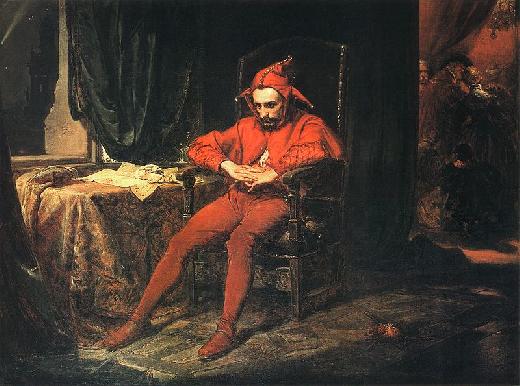 OK, Ancestry.com completed their indexing of the 1940 US Census and fast on their heels, FamilySearch.org also completed theirs — Stanczyk is not aware of the status of other 1940 Census providers’ status.
OK, Ancestry.com completed their indexing of the 1940 US Census and fast on their heels, FamilySearch.org also completed theirs — Stanczyk is not aware of the status of other 1940 Census providers’ status.
Prior To The Index
Prior to the indexes, I used Dr Stephen Morse’s One-Step website to figure out which Enumerated District (ED) I need to search sequentially, image-by-image. With most ED’s being between 35-50 images, this was not overly taxing and it yielded excellent results — after a week I had most of the people I most wanted to find.
State indexes rolled out, a few at a time. I found other high value targets in my index searches. Now that indexing is complete, I had thought to find the last few stragglers. I found some indexes as their was supposed to be in places that I had not suspected and hence the ED search did not yield them to me. A few had names that were slightly off in their transcription but none-the-less were easily findable. Some I had to get creative on imaging misspelling or mis-transcribing and I found a handful more.

I hope others did as I did in blazing my trail. When I found a badly indexed name, I used Ancestry.com’s View/Add Alternative Info. So when I finally found my Aunt Kitty (Catherine Eliasz, now married and a Perinoff), who was born as Casimiera Elijasz, but always used Catherine Eliasz in my lifetime. I entered the mis-transcribed name correctly so that other genealogists after me would be able to find my aunt Kitty more easily (and as a bonus they would also find me too).
Where’s Aunt Alice?
So, where is my Aunt Alice? I had correctly anticipated that both my aunt Alice (the eldest) and Catherine (2nd eldest) would be married and I knew the husband’s name. As you see I found my aunt Kitty. But my best efforts at locating my Aunt Alice have failed. I tried using only her first name or only the last name. I tried by other data points I knew (Detroit, MI, USA — I kept broadening the search, even though I “knew” she was in Detroit). I tried locating a woman living in Detroit born in 1910 +/- 1 year (then 2 and 5 years) who was born in Poland (and Russia, just in case they still referenced Russian-Poland partition in that way). No luck !!! I tried searching for her fist husband — not found either ?? So I tried locating her second husband — no luck, he was still single living at home with his parents. No Alice and no first husband — could they have been missed?
The Missing
So here is my list of most sought after ancestors: Aunt Alice (nee Eliasz), could be listed as some corrupted version of EPPERLY (although I tried a combination of this I could think of). My mother’s sister Helen McLean. My dad’s cousins: Emil Leszczynski, Stephen/Matthew/Stanley Sobieszczanski. I thought I would find Emil. I was prepared to find him living away at college (law school) — no luck. As for the Sobieszczanski boys I was surprised, that outside of their brother Henry, I could find none. Perhaps the three are in the US military — after all I had another uncle that served in the US Navy 1935-1938.
How about you? Do you have any AWOL ancestors from the 1940 Census too? Drop me a line (comment or email).










You must be logged in to post a comment.